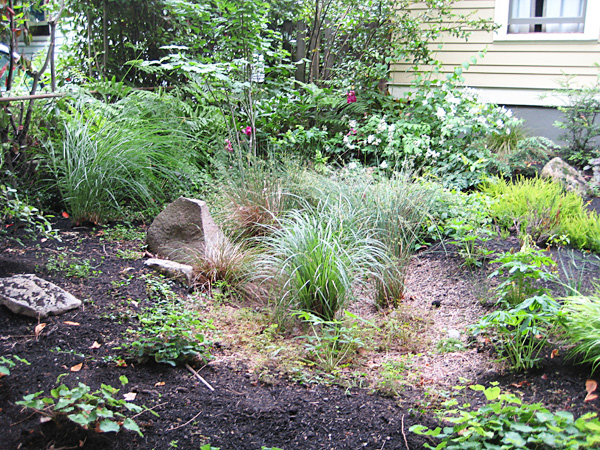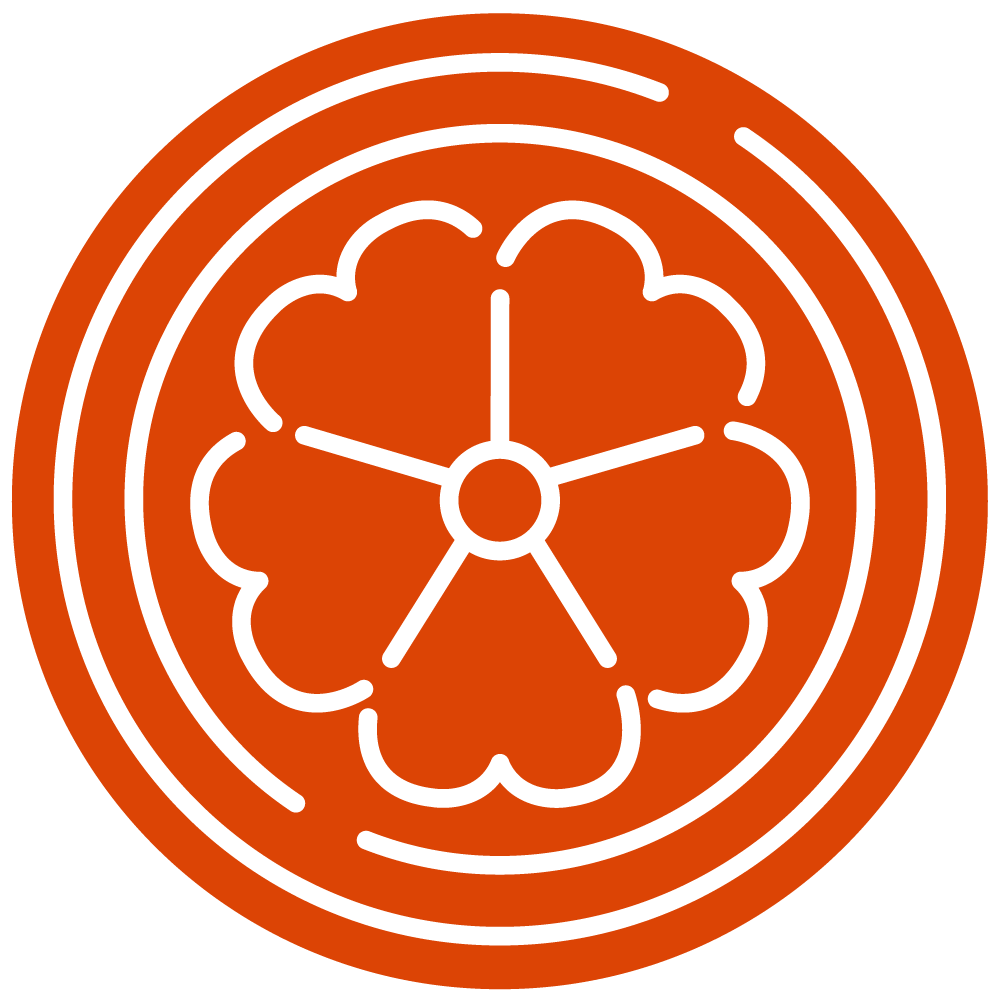
“The greatest gift of the garden is the restoration of the five senses.”
Hanna Rion
Summer Greetings
We hope you are all healthy and finding bits of time to savor summer garden splendors, whether that is harvesting the first ripe tomato, enjoying bright bursting blossoms, or marveling at pollinators hard at work. What do you enjoy most about summer in a garden?
Although our in-person Master Gardener activities are suspended, we appreciate that we have been able to stay connected via online webinars and our Master Gardener Hangout. We value our metro area Master Gardener community and we look forward to seeing you online in the weeks ahead!
Garden Webinar Series
Our webinar series continues throughout the summer with a variety of horticultural topics, on the following Fridays at 1PM.

July 10 – Therapeutic Horticulture, Gardening for Healthy Living, with Scott Hoffman, Therapeutic Garden Program Coordinator, Whole Health, VA Portland Health Care System. For details and to register, go to https://beav.es/4F4
July 17 – Community Science and the Mason Bee, with Ron Spendal, metro area, OSU Extension Master Gardener. For details and to register, go to https://beav.es/4Fo
_________________________________________________________________________
Save the Date!
Save the date for the following August and September webinars, Friday’s at 1PM. Registration links to come.

August 7 – Invasive Weeds, with the East Multnomah Soil and Water Conservation District
August 14 – Conserving Water around the Landscape, with the East Multnomah Soil and Water Conservation District
August 28 – Introduction to Naturescaping & Native Plants for Wildlife, with the East Multnomah Soil and Water Conservation District
September 11 – Introduction to Rain Gardens/Storm Water Management, with the East Multnomah Soil and Water Conservation District
Webinar Recordings

Do you have a schedule conflict with an upcoming webinar? Don’t despair. We are posting recordings of our webinars a few days following the presentation.
Check out past webinars here:
https://media.oregonstate.edu/channel/channelid/161357322
Racial and Social Justice: responding to critical comments
Last month we shared a message from Statewide Master Gardener Program Coordinator, Gail Langellotto, and Master Gardener Outreach Coordinator, LeAnn Locher regarding the OSU Master Gardener Program’s commitment to racial justice. Since then, both our metro area program and the state-wide Master Gardener Program have received overwhelmingly positive feedback and support. It is encouraging and heartening to receive such words of support and to learn of fellow Master Gardeners’ commitment to creating a inclusive Master Gardener community.
If you speak out and stand up for racial and social justice within the Master Gardener Program and are criticized how do you respond? In Gail’s latest blog post she gives guidance on how to respond to criticism. https://beav.es/4FJ
Master Gardener In-person Volunteer Activity Suspension
In the midst of the pandemic, and with OSU Extension Service’s commitment to keeping communities safe, suspension remains in effect for any in-person volunteer activities for OSU Master Gardeners. This includes all Master Gardener clinics (phone, Farmers Markets, and special events), classes, workshops, demonstration gardens, parks, partner organizations, Speakers Guild presentations, fundraisers, and in-person meetings/lectures/speakers.
As the State of Oregon lifts restrictions, around the state, OSU Extension is in the process of approving some restricted, limited, volunteer activities. Approved activities will have requirements regarding safety protocol, which must be met. As the University provides information and guidance regarding a resumption plan, we will provide updates.
Volunteering with Partner Organizations
Although some Partner organizations in the metro area may be resuming volunteer activities, at this point, in the metro area, Master Gardeners are not approved to participate and volunteer at any partner venues.
We are deeply appreciative of those partner organizations who are clearly communicating the restrictions of the OSU Master Gardener Program. We are keeping those organizations apprised of any changes to the University’s in-person volunteer policy and look forward to the day we can resume these valued partnerships. We will alert all volunteers as restrictions are lifted.

With the cancellation of volunteer activities, and knowing the many challenges people are facing, we are waiving volunteer requirements for 2020. We ask metro area Master Gardeners to report any volunteer hours served this year and their continuing education hours, by September 30, 2020.
We encourage Master Gardeners to take advantage of the many online continuing education opportunities. Updates will be sent via email and/or posted in this monthly newsletter.
Master Gardener Hangout

Are you looking to connect with other Master Gardeners in an informal, online setting? Join our Friday, Master Gardener Hangouts. This is a forum to talk all things gardening.
Past Master Gardener Hangouts have been fun. Our guest speakers have joined-in to answer additional questions. MGs have swapped tips and tricks for growing vegetables, dealing with weeds, or trellising plants.
You can connect via phone or internet. Look for an email from Marcia McIntyre, which will be sent on Friday afternoons as that week’s webinar is ending, with a link to join the ‘Master Gardener Hangout’.
Online Educational Opportunities
A wide-variety of educational webinars are available to view from other Master Gardener and Extension programs across the state, plus from our partners at Metro. Check them out.

Master Gardener Advanced Training webinars continue on July 16, 10am with Solve Pest Problems: A New Resource for Master Gardeners and the Public. Join Weston Miller, and learn about the exciting developments for the Solve Pest Problems website.
Pre-register here: https://learn.extension.org/events/3762
Gardening Will Save the World webinar series, sponsored by the Hood River Co. Master Gardeners. July 15, Pesticide Safety, presented by Brooke Edmunds, Community Horticulture, Master Gardeners Linn and Benton Counties To register, go to https://beav.es/4rt
Tree School Online
OSU Extension Clackamas Co. Tree School continues to offer weekly online webinars through July 28. Look for classes designated for Master Gardener continuing education credit. For more information go to https://beav.es/4Hn
Fall Gardening

Join a Metro Natural Gardening Educator for a webinar on growing fall vegetables and landscaping tasks and tips for the coming fall season. Wednesday, July 29, 3PM to 4:30PM. Learn helpful tips for growing in containers, planning for fall and winter harvests, starting seeds, fertilizing and more!
Be wildlife-conscious with your fall gardening by protecting over-wintering habitat! Plan for fall planting of native trees, shrubs and perennials for enduring garden interest. Maintain a healthy lawn you can enjoy without the use of toxic chemicals. Click here to register.
A subsequent webinar on the same topic in Spanish will be offered upon request.
Our July and August Garden Checklist
Tips on summer watering, dealing with pesky wasps, plus apple care in our July and August Garden Checklist videos.






